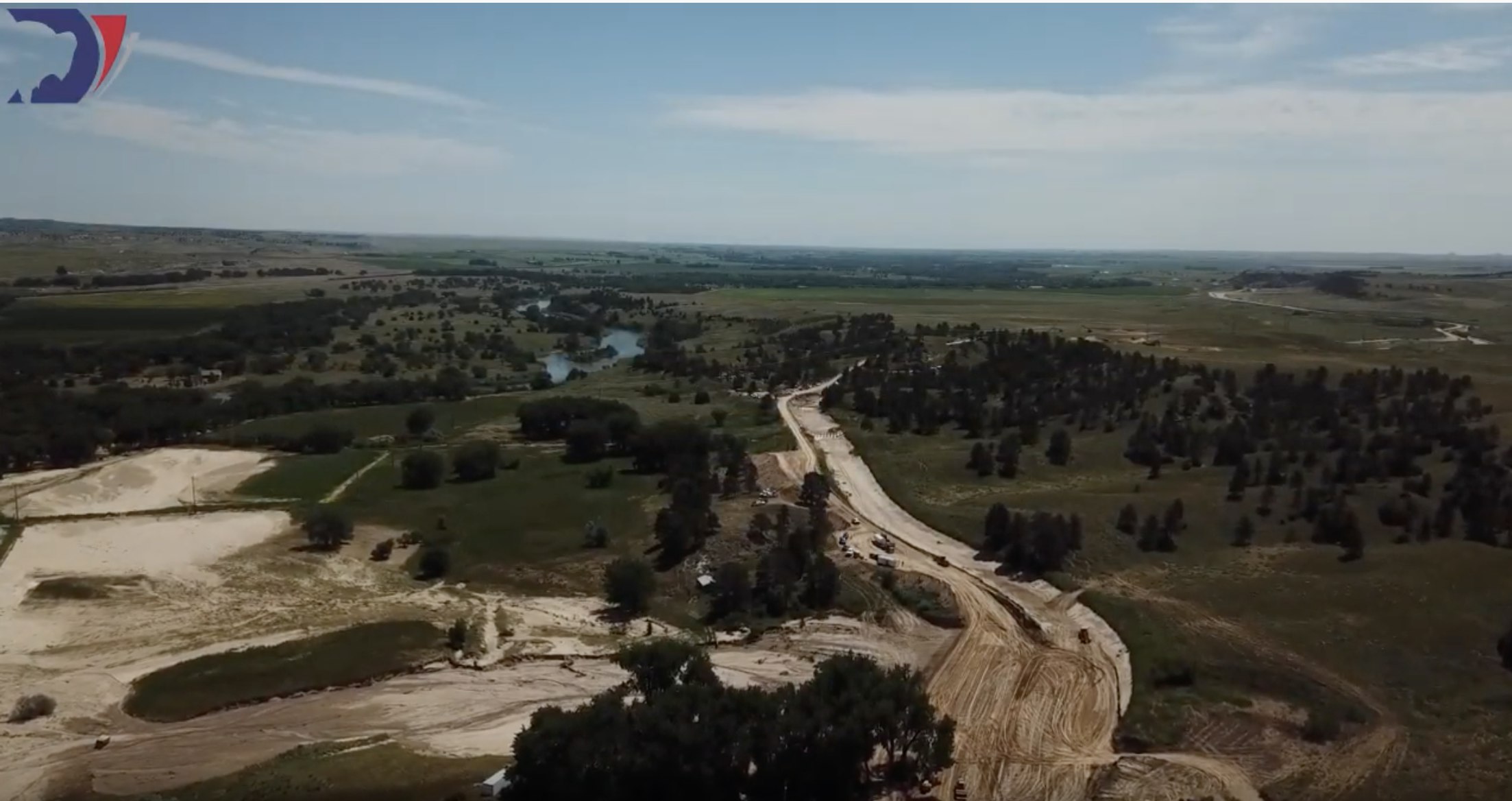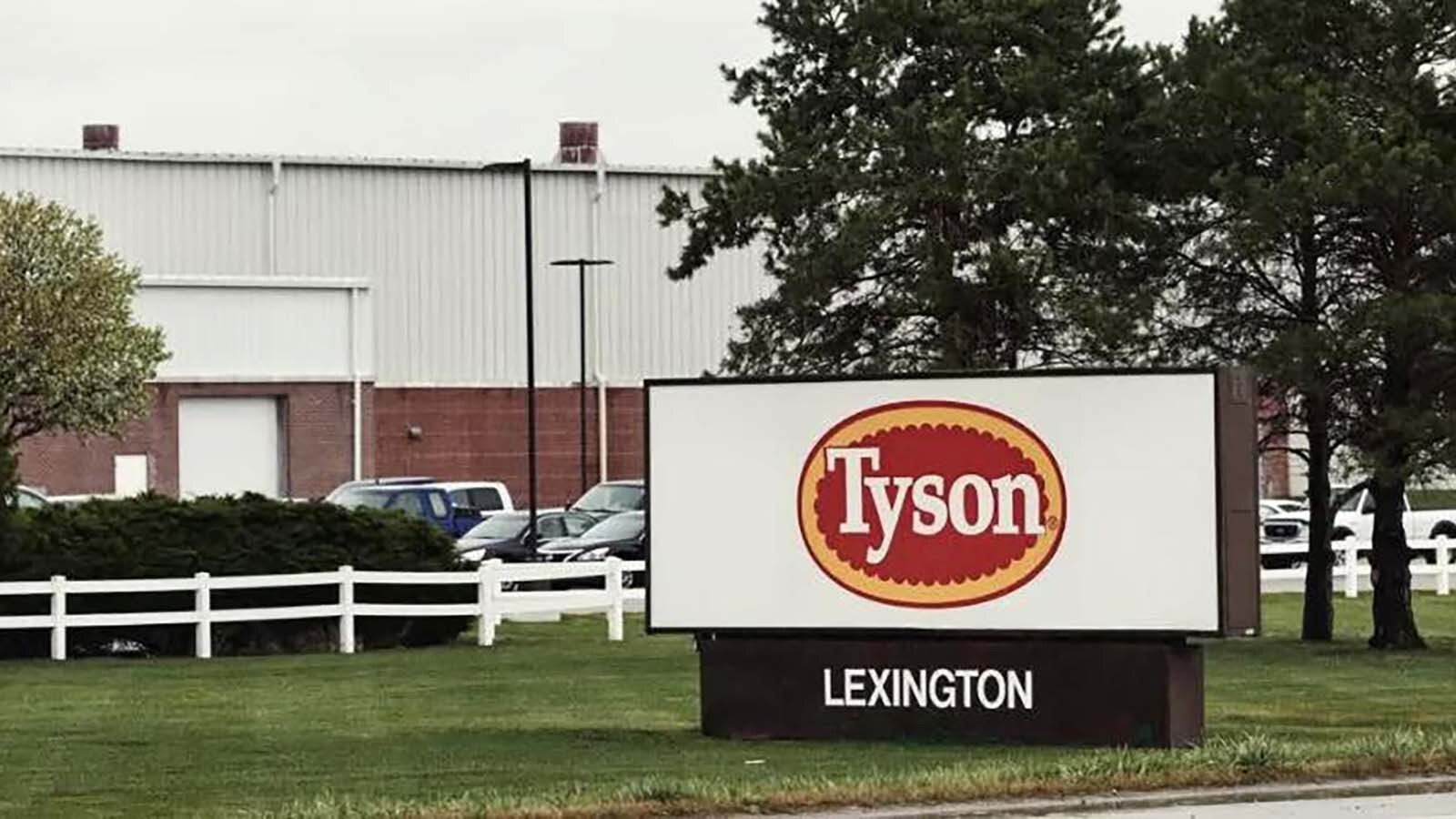As repairs move forward on an irrigation tunnel near Torrington, the Oregon Trail Community Foundation (OTCF) is slated to disperse donations to affected farmers.
“We’re working on the repairs that the (U.S.) Bureau of Reclamation is requiring, so we can run water next year,” Goshen Irrigation District Manager Rob Posten said. “We have to put in some more support ribs and do some void grouting (between the tunnel wall and surrounding soil) still.”
Built by the Bureau of Reclamation more than 100 years ago, the Gering/Fort Laramie Irrigation Canal collapsed in July, cutting irrigation water off to more than 100,000 acres of farmland in Goshen County and Nebraska.
To help farmers recover losses to crops resulting from the collapse, the OTCF announced it would soon start dispersing $300,000 in donations raised by various organizations and events in the area.
On the tunnel repair side, funding is still in the works, Posten said.
“The Bureau of Reclamation hasn’t paid for anything, but they have offered us some loans,” he explained. “We did get some funding from the Wyoming State Land and Investment Board — about $4 million.”
The long-term loan was given at a 2.5 percent interest rate and could pay for about half the cost of repairs, which Posten said were estimated to be about $8 million.
The boards of directors for both the Goshen and Gering-Fort Laramie irrigation districts are considering applying for additional funding from the State Land Investment Board in the near future, he added.
While the initial estimates for economic impact of the collapse varied wildly, Brian Lee, a University of Wyoming Extension agriculture economist, said the affected area’s economical outlook is much brighter than originally estimated.
“I don’t think the damage to the crops was as bad as it could have been,” Lee explained. “I think a lot of people got water at the end of the season, right when they needed it.”
Based out of the James C. Hageman Sustainable Agriculture and Research Extension Center in Goshen County, Lee co-authored a report estimating a total loss of all the crops irrigated via the tunnel could run about $90 million. The report assumed crop insurance would not cover losses, but the U.S. Department of Agriculture’s Risk Management Agency has since decided crop losses would be covered by insurance.
“Rather than a payment per acre, which was previously speculated,” Lee said, “(ag producer’s) insurance will work with them on their losses based on the insurance coverage they had at the beginning of the season.”
While the situation is better than predicted, the area could still suffer.
“There’s going to be a cost with all these tunnel repairs, and some of that will come back on these farmers with increased irrigation costs,” Lee explained. “We’re talking long-term loans that are going to be around for awhile.”
Beginning at the Whalen Diversion Dam near Guernsey, the Goshen and Gering-Fort Laramie irrigation districts’ main canal runs through three tunnels on a 129-mile stretch across Goshen County and Scotts Bluff County, Nebraska.
To prevent future collapses, Posten said the district boards voted to upgrade the tunnels with permeation grouting, which could cost an additional $3.5 million.
Once funding is secured for both the current repairs and future upgrades, the projects could be complete in 2021, the University of Nebraska-Lincoln reported.
As the two states work toward preventing future collapses, Lee said ag producers could be considering additional protections.
“I think a lot of people — midway through the season — they didn’t have any water and got to thinking about different ways to get water to their plot or different crops to plant next season,” he said. “In the future, I wouldn’t be surprised to see a little more risk mitigation crops going in.”
Center pivots for irrigation — in which water is pumped to sprinklers that move in a large circle — could be another option, Lee said, but the statutes regulating water usage by center pivots are so complex the equipment might not be viable without new legislation.





